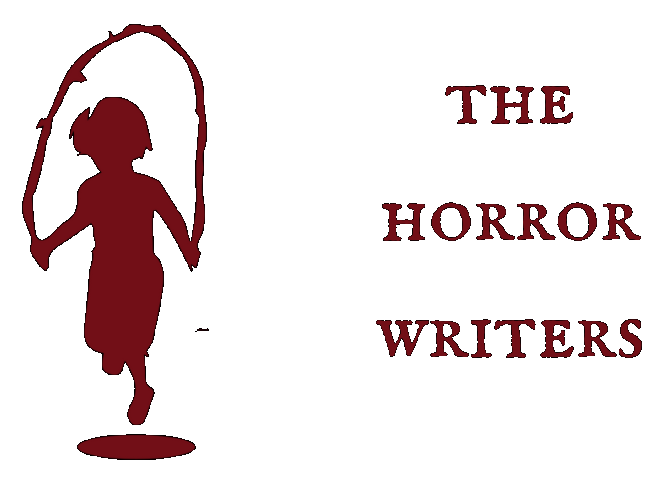Disappearance at Devil’s Rock
By Paul Tremblay
Synopsis:
A family is shaken to its core after the mysterious disappearance of a teenage boy in this eerie tale, a blend of literary fiction, psychological suspense, and supernatural horror from the author of A Head Full of Ghosts.
“A Head Full of Ghosts scared the living hell out of me, and I’m pretty hard to scare,” raved Stephen King about Paul Tremblay’s previous novel. Now, Tremblay returns with another disturbing tale sure to unsettle readers.
***
It’s every parent’s nightmare. The late-night phone call from another set of worried parents: “Did Tommy come home?” His friends stammer out a story that ends with, “we lost Tommy.” If you have children, just the thought of this situation is enough to give you chills. This isn’t Elizabeth Sanderson’s first experience with sudden disappearance; her husband vanished for months when Tommy and Kate were very young. His absence was a mystery, only partially solved when he committed suicide eight months later.
Elizabeth has to navigate the storm of media interviews, police questioning and her own personal demons still skulking around after the death of her husband. She, her mother and Kate orbit around each other trying to be supportive while dealing with their own pain. The community rallies behind hashtags and social media, which brings its own version of speculation, trolls and uncertainty.
Of course, the family is shaken. They are struggling to find clues to Tommy’s disappearance, dealing with the problems of Kate and Tommy’s friends not being as honest as they could be. Elizabeth tries not to let the underlying tension of the family drama stop her from finding her son, and it’s wearing her down.
Paul Tremblay is best known for the award-winning novel, Head Full of Ghosts. Not quite a follow-up, Disappearance at Devil’s Rock isn’t as viscerally frightening, but it uses a similar storytelling method: what’s real, what’s imagined, and who can you trust to tell you the truth? Tremblay offers a perfectly rational explanation for everything, and as soon as you’re comfortable, makes you doubt yourself. This is quiet horror, where the line between real and supernatural is so blurred it’s hard to pick a side.
Several characters take the stage throughout the novel. Tremblay uses a very close point of view to show the story through each person’s experience. You know what they know, and as the story unfolds between the different voices, it’s up to you to put the pieces together. The characters are fantastic, and being able to see through their eyes makes them live and breathe on the page.
The novel is also written in present tense. While this doesn’t usually bother me, I had a hard time getting used to Tremblay’s style. On two or three occasions I felt like reading a script rather than a novel, and it pushed me out of the story.
Despite flirting with ghosts and a specter that evokes slender man, I wouldn’t call this a straight-up horror novel. There are horrors, to be sure, but they are solidly rooted in the everyday brutality that many Americans shrug off as sensationalism or something that happens to other people. There is violence in the book, some described in detail and some implied, but it’s crucial to the plot. Although many of the characters are tweens and young teens, this is absolutely not appropriate for readers of that age.
I recommend this for adult readers who enjoy psychological horror, thrillers, and mysteries.

